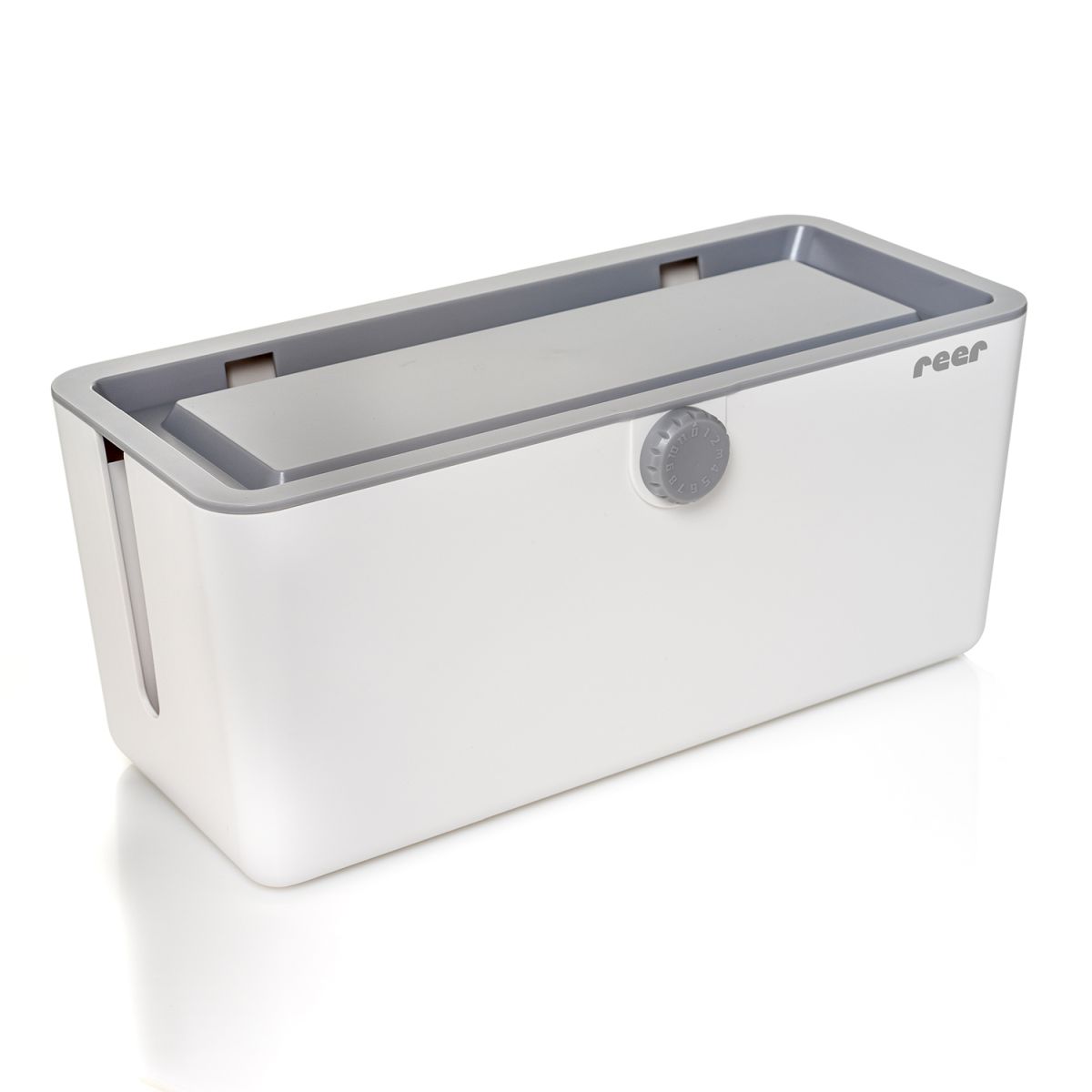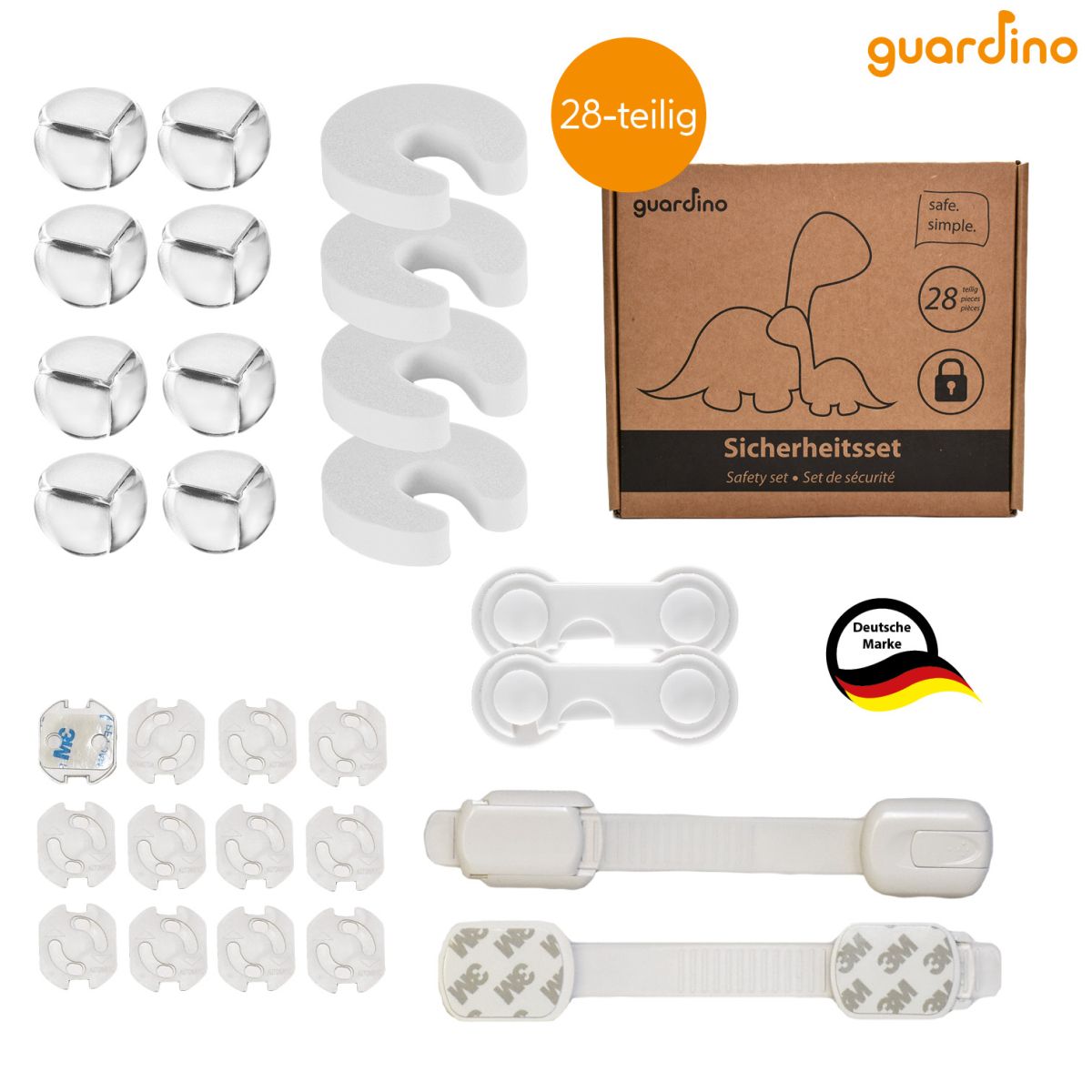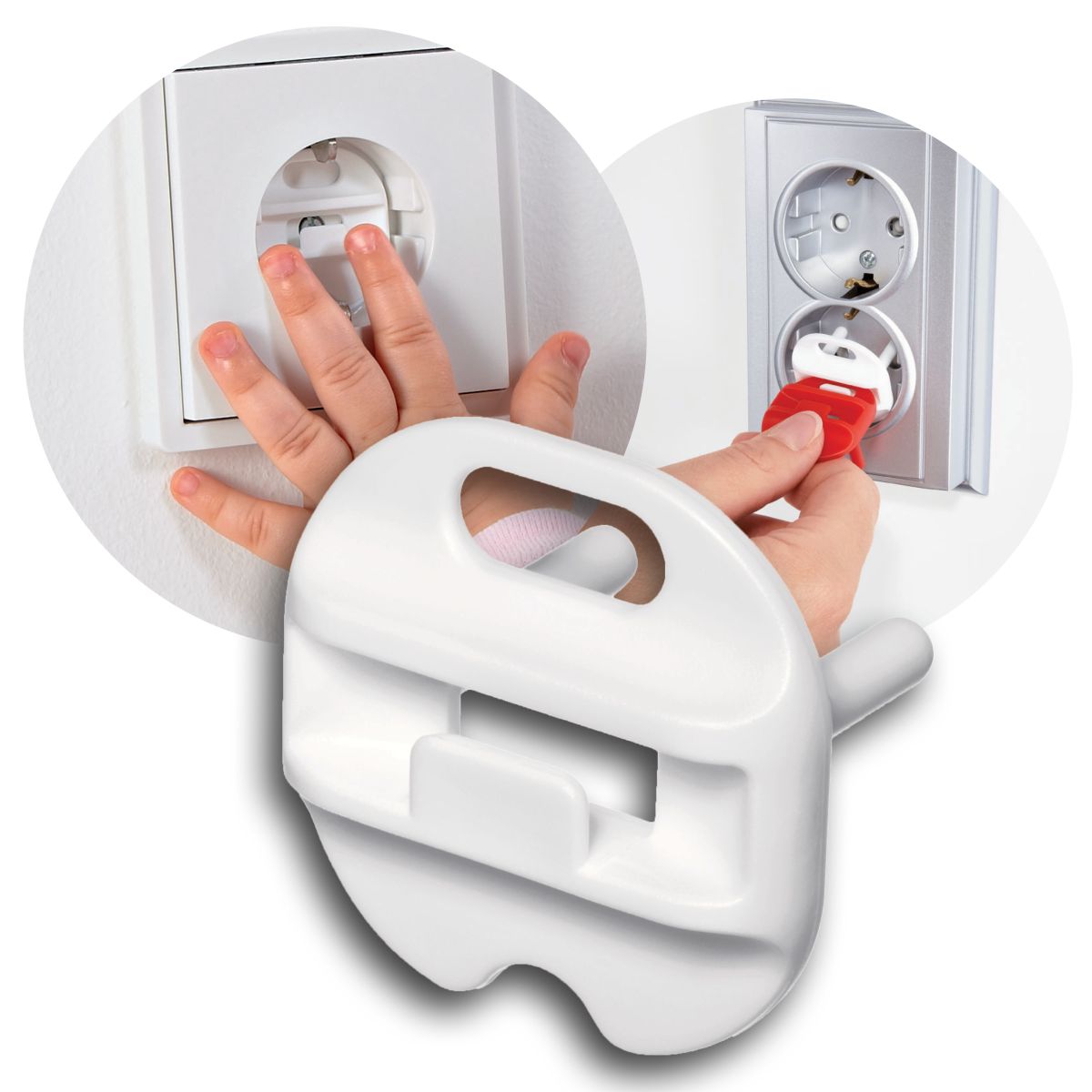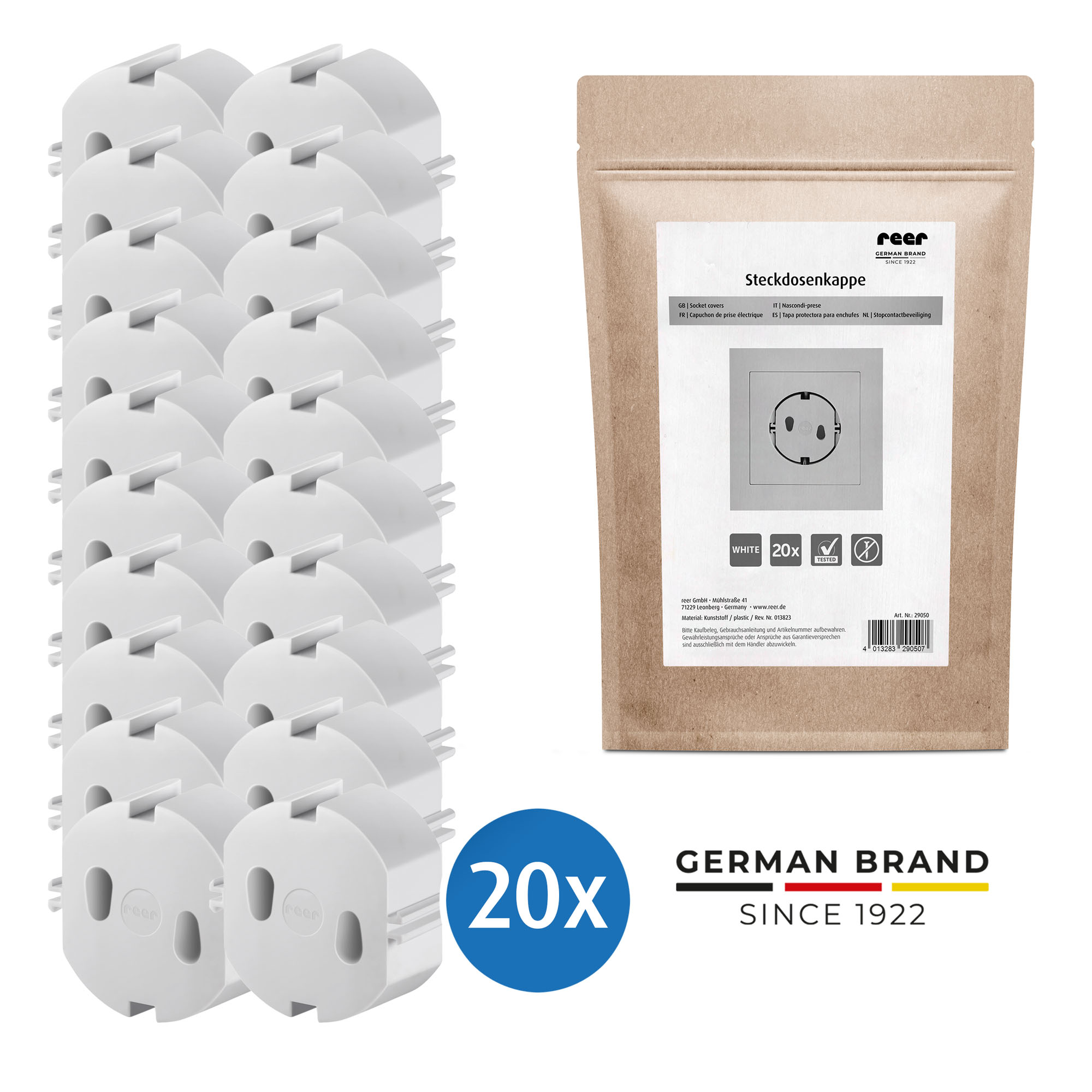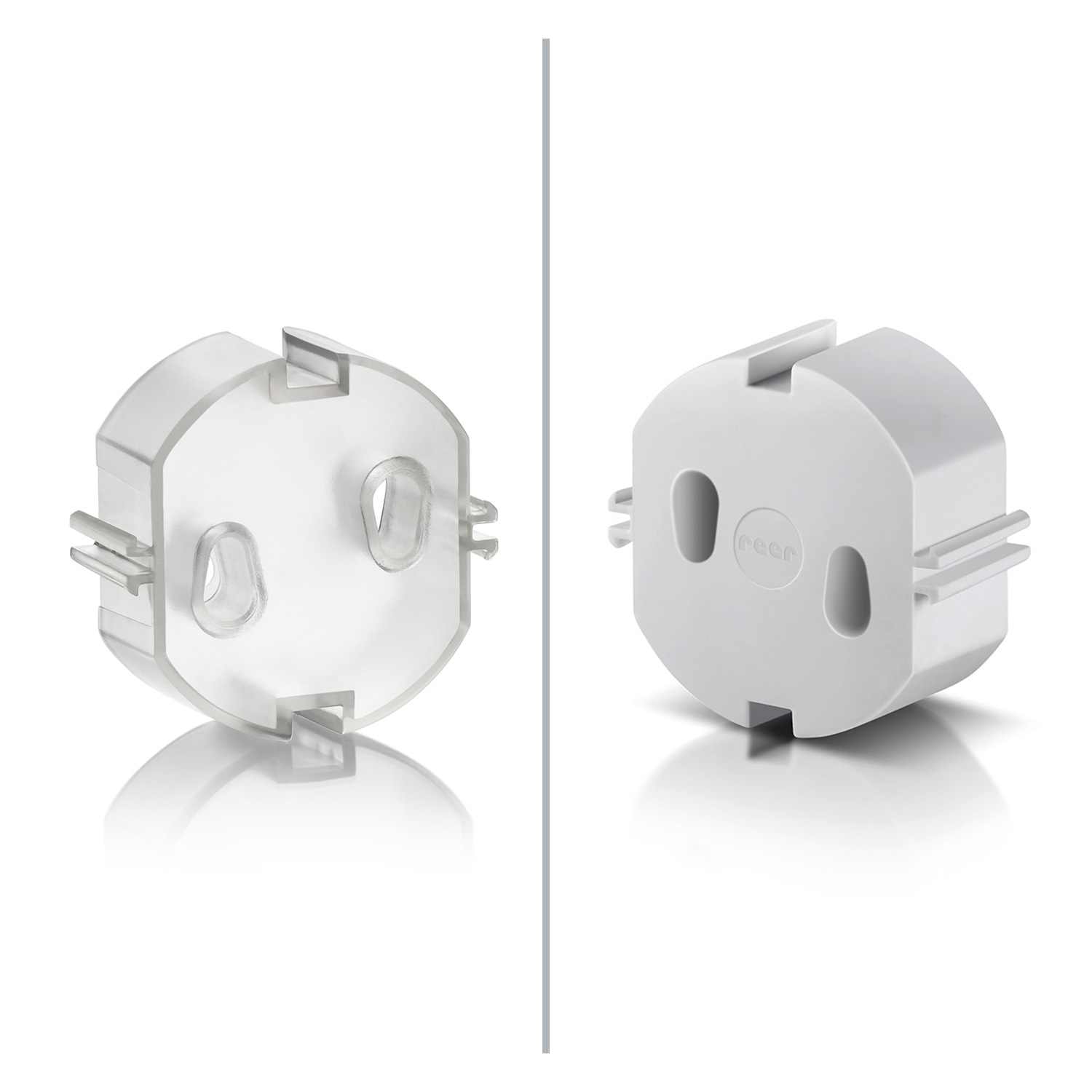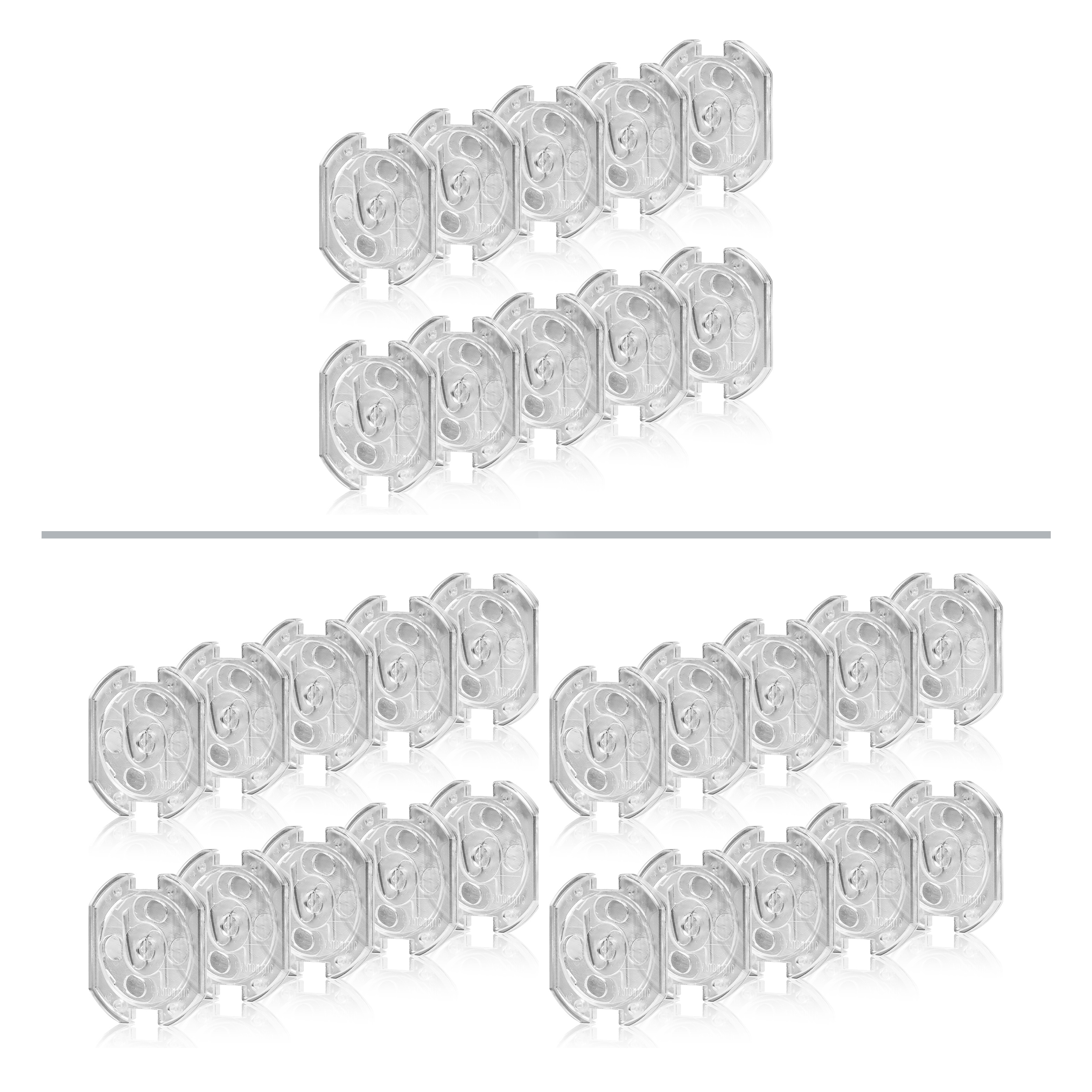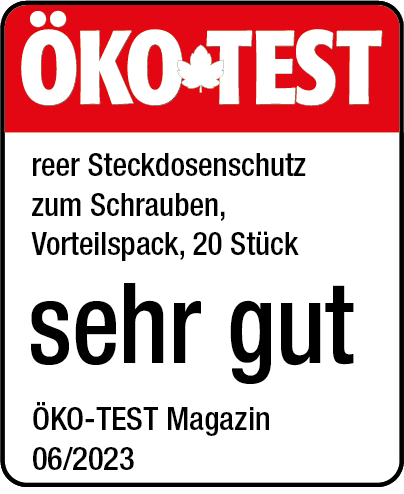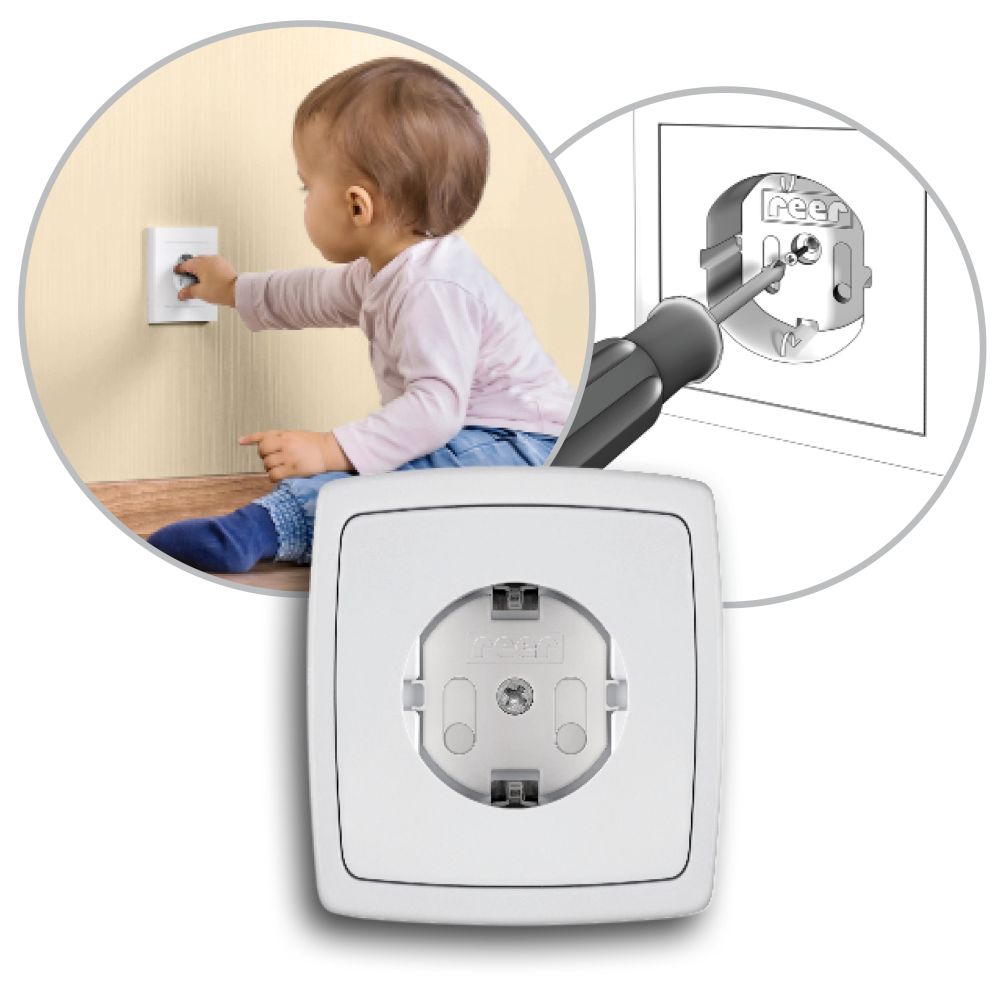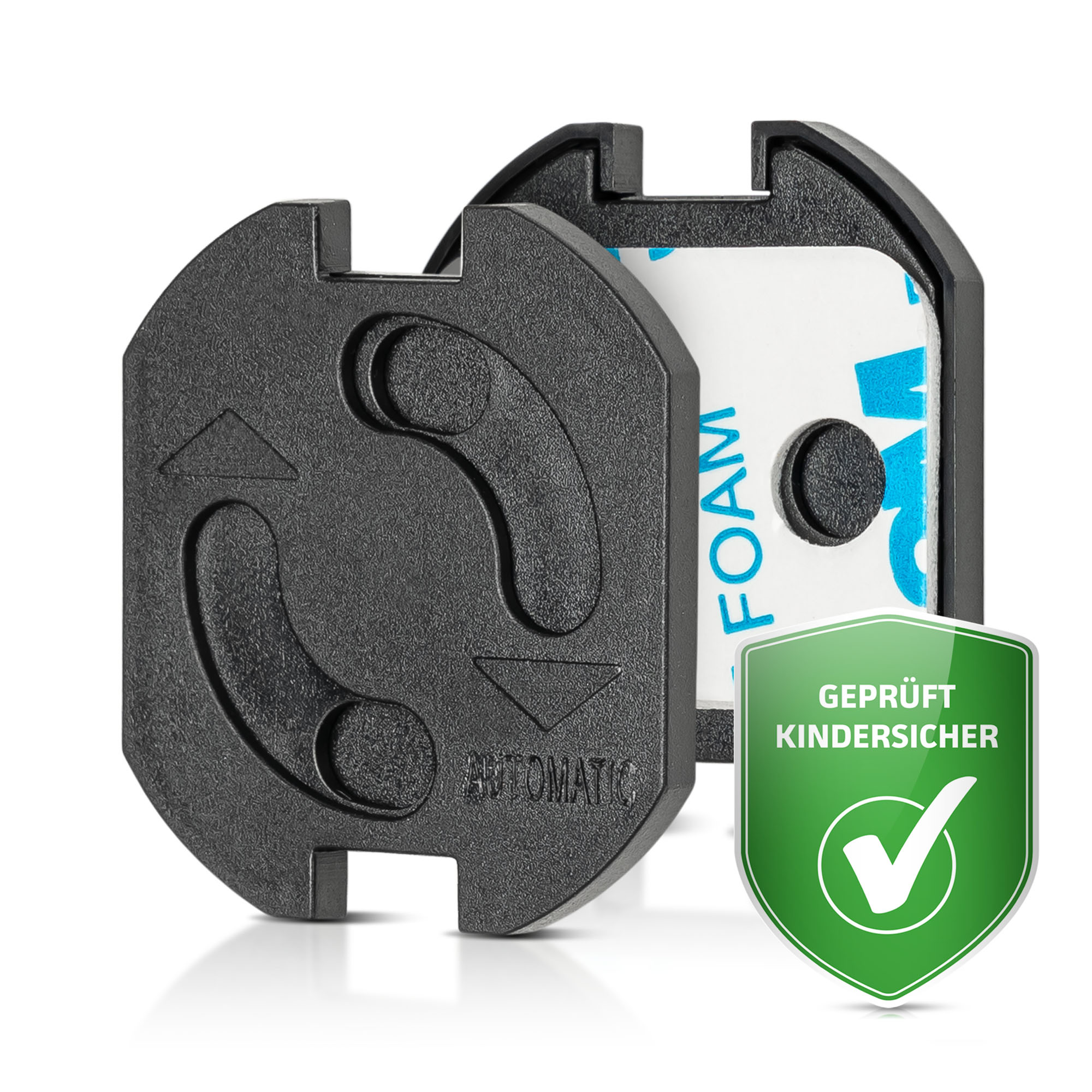Against Electrical Accidents
The socket protector from reer: Excellent safety
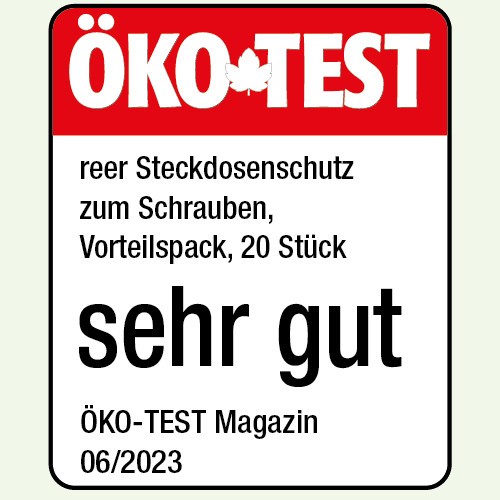
Socket protector from reer is awarded very good
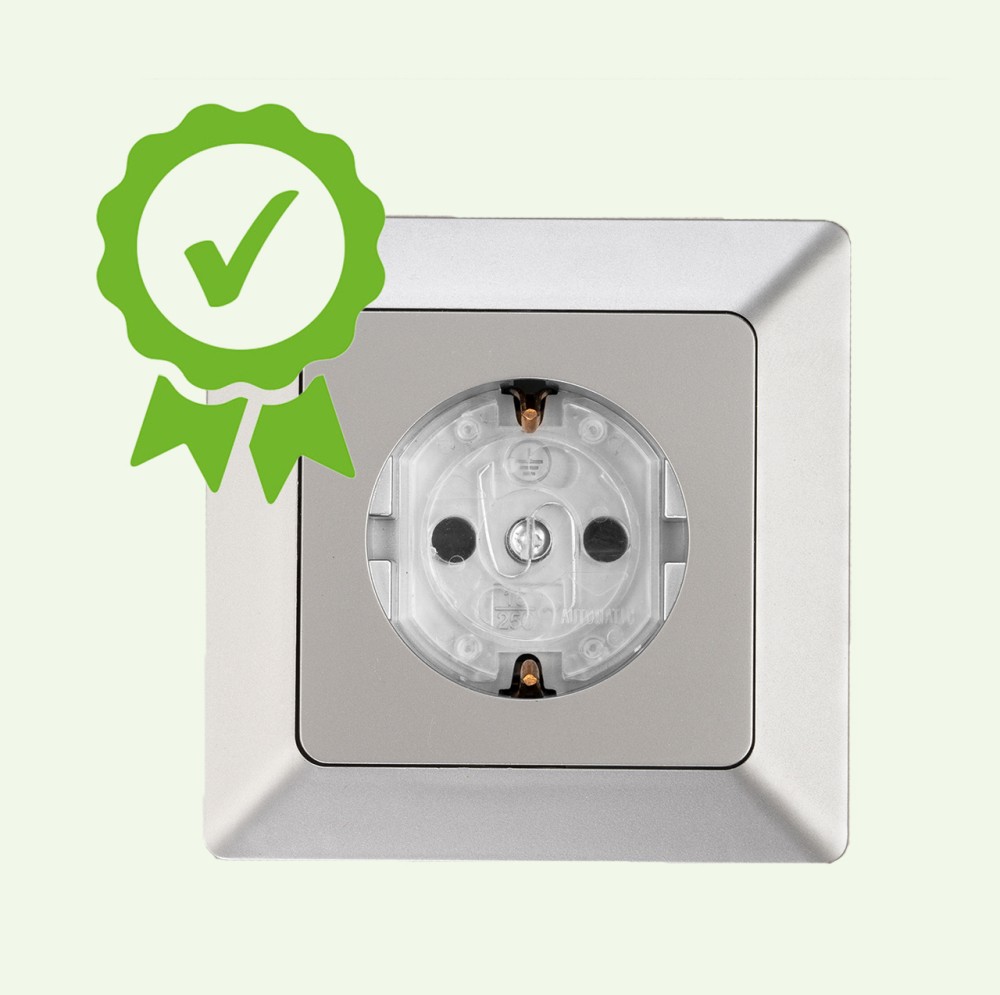
Socket protectors from reer have been in use for almost 50 years without any accidents
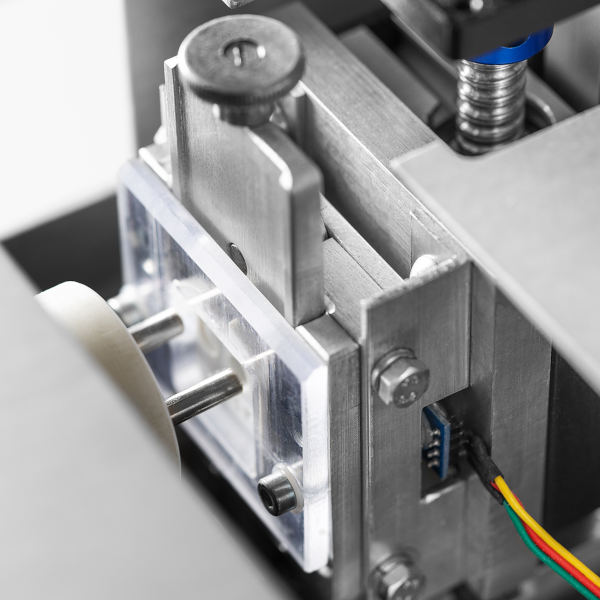
Safety articles from reer pass thorough quality tests

As a market leader, we have years of expertise in the field of child safety

The reer socket protector - your everyday hero for life with children
Why do I need a socket protector?
Socket protectors: screw or glue?
Thanks to the high build quality of reer products, there is no significant difference between a socket protector that can be glued on or one that can be screwed on. In this case, simply decide which would be more convenient for you!
Which screws do I need to mount the socket protector?
You can use the screws that are already in the socket for mounting the socket protector. However, these socket screws are not standardised so they may be too short. If this is the case, you can usually find the right screws at the hardware store. Due to the lack of standardisation, we are unfortunately unable to include the appropriate screws with the socket protector.
How do I mount the socket protector correctly?
Glued socket protector: Before mounting the protector clean the glued surface thoroughly with an alcohol-based cleaner. Then press the socket protector on for 60 seconds. Afterwards, the socket protector should not be touched for about 24 hours so that the adhesive has time to set.
Socket protector with screws: Loosen the screw in the socket, then insert the socket protector and finally tighten the screw again. Please be careful and never use a cordless screwdriver. Even when working indirectly with electricity, there is always a certain risk. When in doubt it's safer to turn the outlet's fuse off during installation.
How do I remove the socket protector correctly?
Screw-on socket protectors: Simply loosen the screw and remove the socket protector.
Glue the socket protector in place: Carefully heat the socket protector with a hair dryer before you try to remove it. In this way, the socket protector can be easily removed from the socket with the help of a blunt object.
This is a question about Socket Protection only German-speaking people will understand
German plurals are tricky. In this case, the question is if there is a change or if singular and plural are the same form and if not, which ending should the word get? To make it even more tricky, some words get an Umlaut when switched to plural and there is not a rule either. So people keep debating, which of the 3 possible plurals "Steckdosenschutz", "Steckdosenschutze" or "Steckdosenschützer" is the correct one. We tend to say "Use what you like best".




